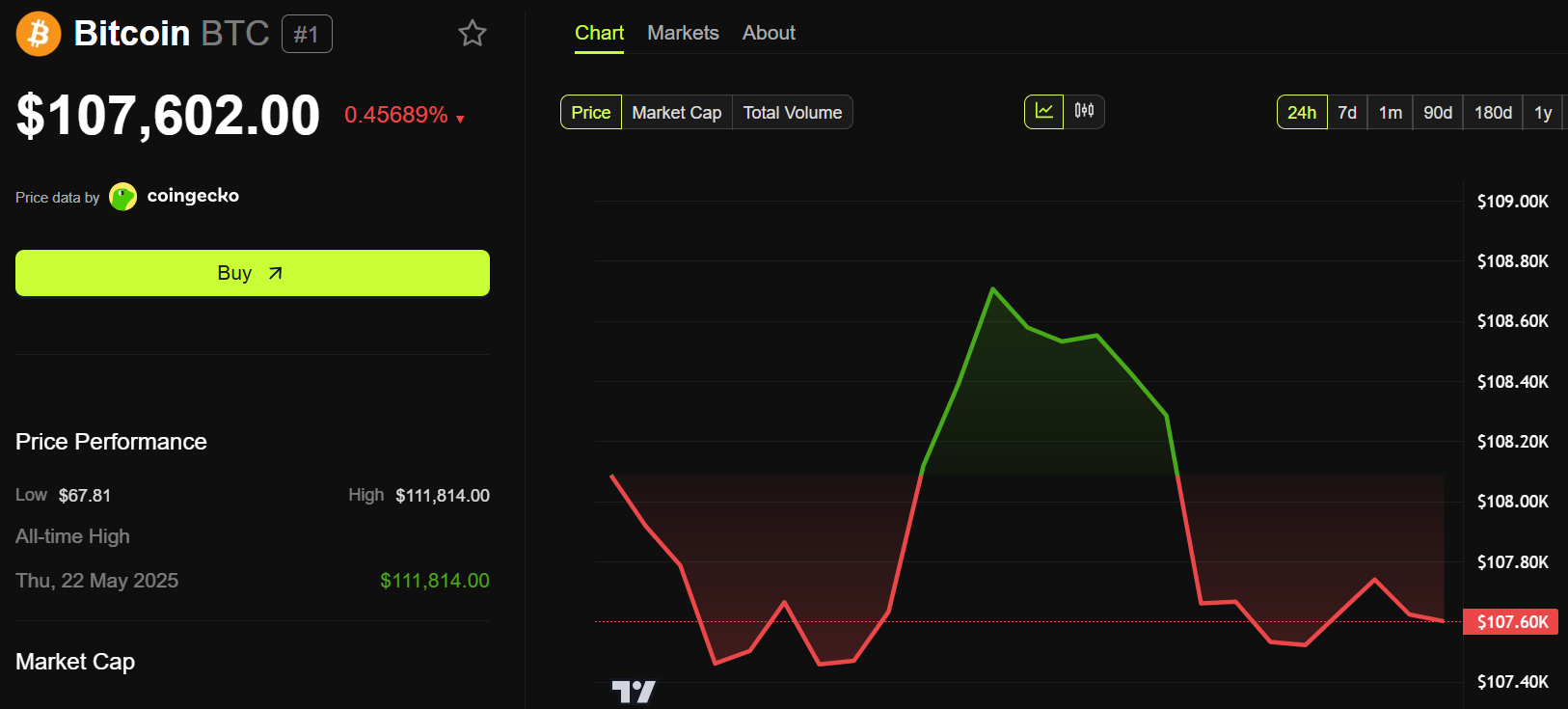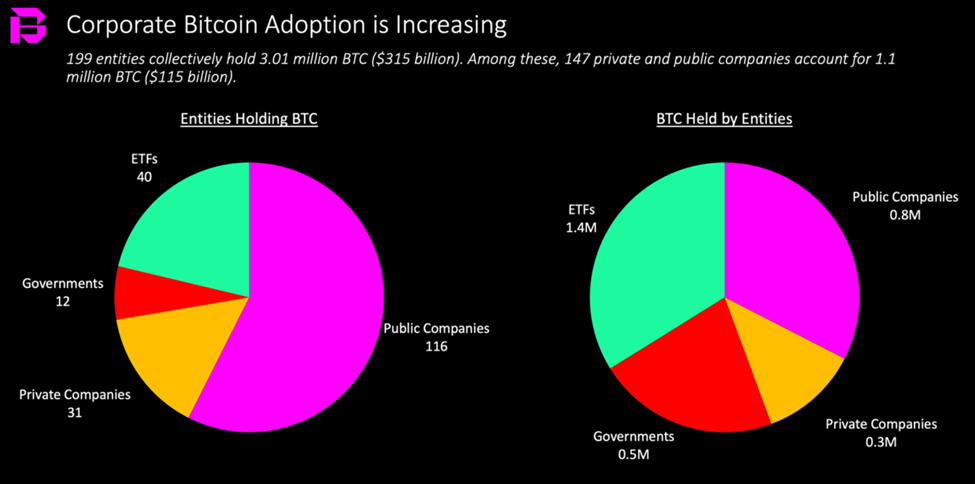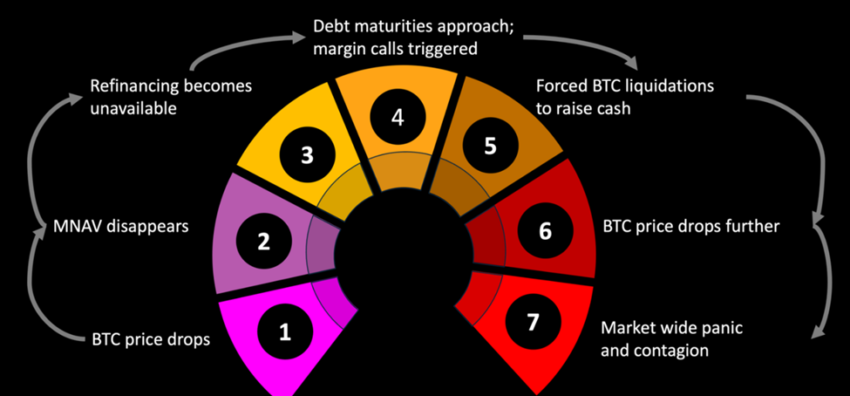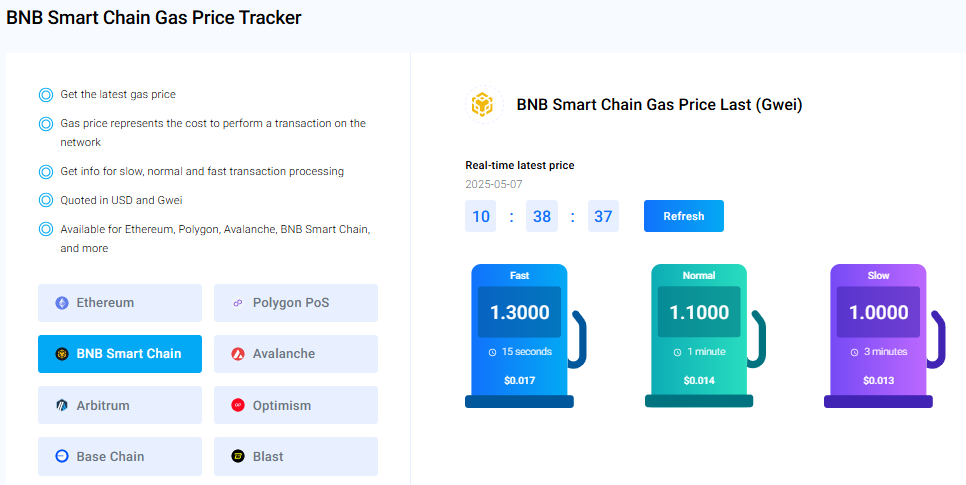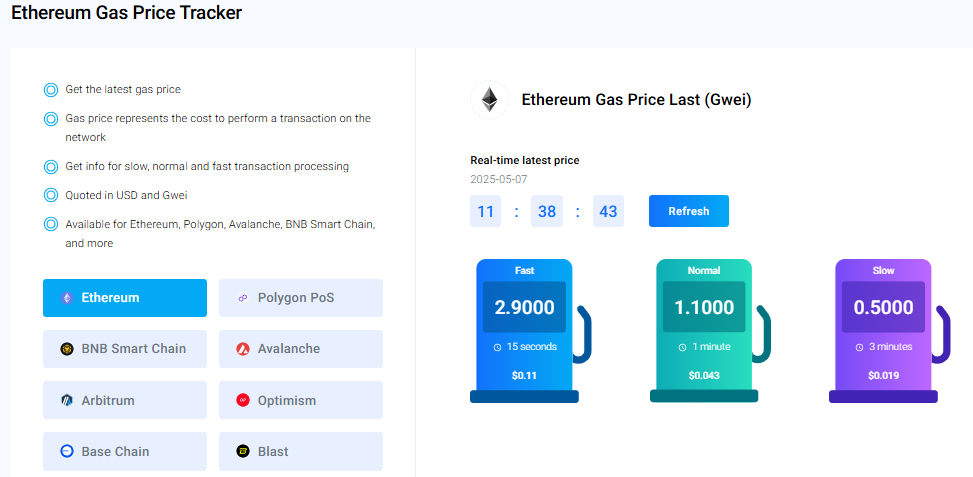In a significant move to enhance military capabilities, Palantir Technologies has secured a new contract to extend its advanced digital warfare platform, the Maven Smart System, to all five branches of the U.S. military: the Army, Air Force, Marine Corps, Navy, and Space Force. This development, reported by Bloomberg, marks a critical evolution in how the U.S. military leverages data and technology for operational superiority.
The Maven Smart System is designed to provide actionable intelligence across thousands of displays, integrating U.S. intelligence data with cutting-edge computer vision and artificial intelligence (AI) software. The system enhances situational awareness and target recognition, proving vital for operations such as recent airstrikes in the Middle East.
Shannon Clark, Palantir’s head of Defense Growth, highlighted the expansive potential of the new contract, which will allow tens of thousands of service members to access the platform. Previously, its capabilities were limited to select locations and units, but this latest contract broadens its availability significantly. This expansion follows a $480 million contract awarded in May to integrate the Maven Smart System further into combatant commands engaged in active military operations.
Initiated in 2017, the Maven Smart System has rapidly evolved into one of the most crucial programs backed primarily by the National Geospatial-Intelligence Agency (NGA). While the Department of Defense (DoD) has released limited information about its operational applications, there are reports suggesting its pivotal role in identifying strategic targets in Ukraine and supporting U.S. missions in Yemen, Iraq, and Sudan.
The DoD’s announcement of this contract underscores the department’s commitment to integrating advanced AI tools across its operations. This includes user licenses for the platform along with essential software and hardware support. Importantly, intelligence analysts and military personnel in remote areas will now have real-time access to the same intelligence resources available at Pentagon headquarters, significantly improving communication and situational awareness on the battlefield.
According to a spokesperson from the NGA, efforts are ongoing to roll out the Maven Smart System across all military services and commands. The platform’s capabilities are critical to the Pentagon’s larger initiative to network military sensors and weapon systems globally, thereby enhancing the United States’ strategic edge in modern warfare.
Also Read: cheqd And Dock Merge Forces – 100K+ Users, Unified Tokens, And Global Decentralized Identity Boost
As the military landscape continues to evolve, the integration of AI and advanced data analytics through systems like Maven will undoubtedly play a pivotal role in shaping the future of defense operations, ensuring that U.S. forces remain at the forefront of technological innovation on the battlefield.



